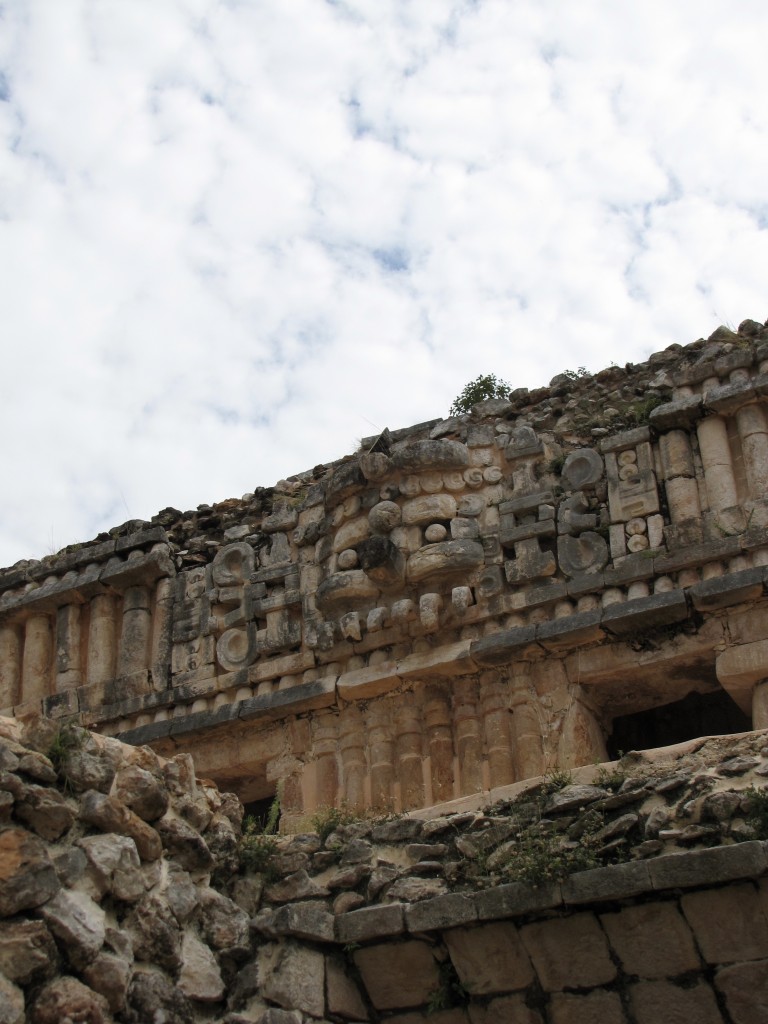
On day two of our Puuc Route adventure, we followed Highway 261 south for just under five km past Kabah, then turned left onto a narrow, unnamed road. After another five km of doubt, we came upon Sayil, our first destination of the day. Turning right (south) off the unnamed road, we drove beneath a canopy of bright orange and green foliage up to the parking lot.
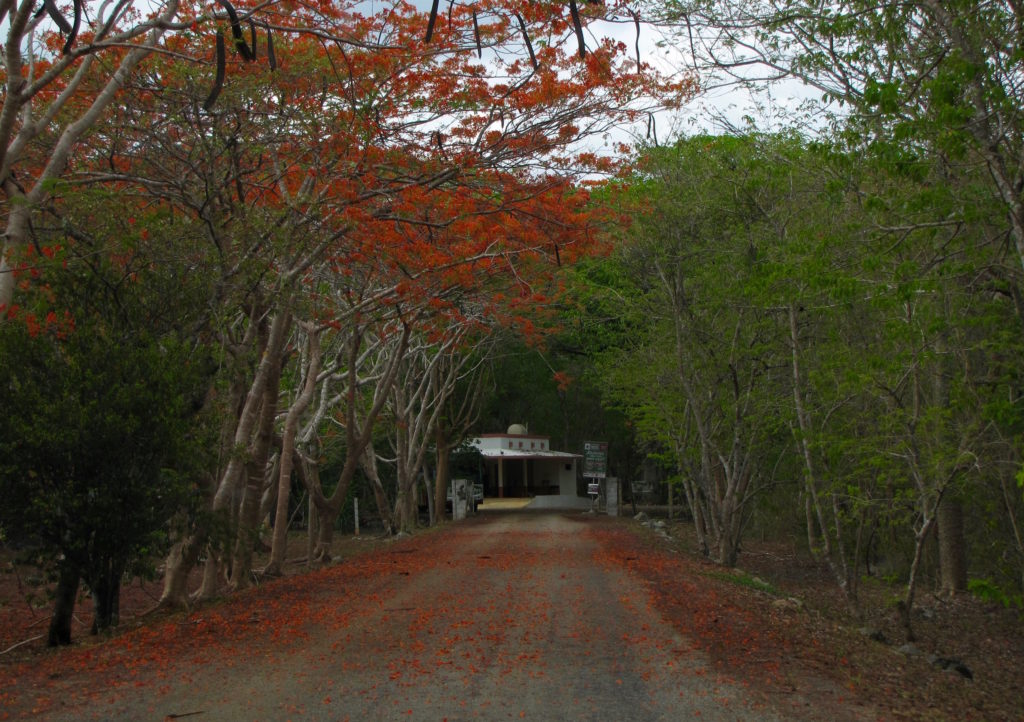 After paying the modest entrance fee, visitors walk about 100 meters south to a clearing and the site’s most impressive structure, the Great Palace.
After paying the modest entrance fee, visitors walk about 100 meters south to a clearing and the site’s most impressive structure, the Great Palace.
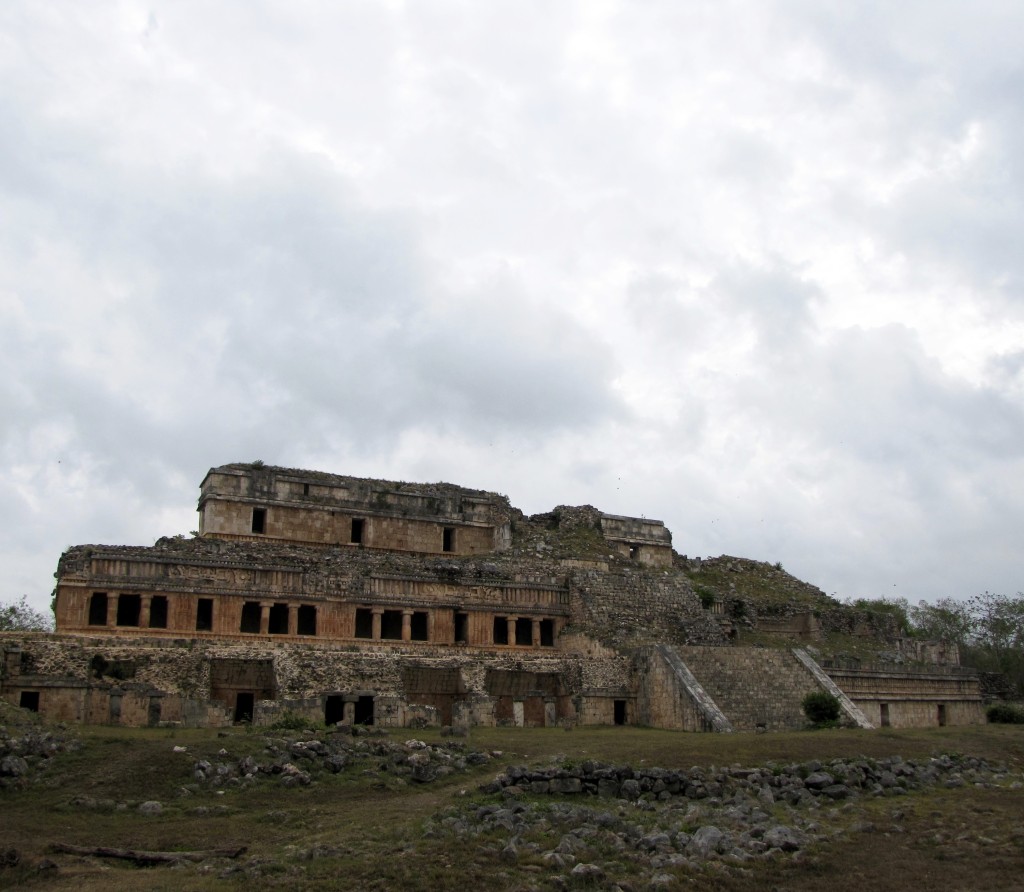
According to the accompanying plaque, this monumental, three-story structure was built in several stages during the Late Classic period, mostly from 800–1000 AD. By the time of completion, it contained over 90 bedrooms and eight chultuns, and could have housed as many as 350 people. Its primary function was probably to serve as living quarters for the city’s governing elite, but some rooms were likely used for storage or administrative purposes.
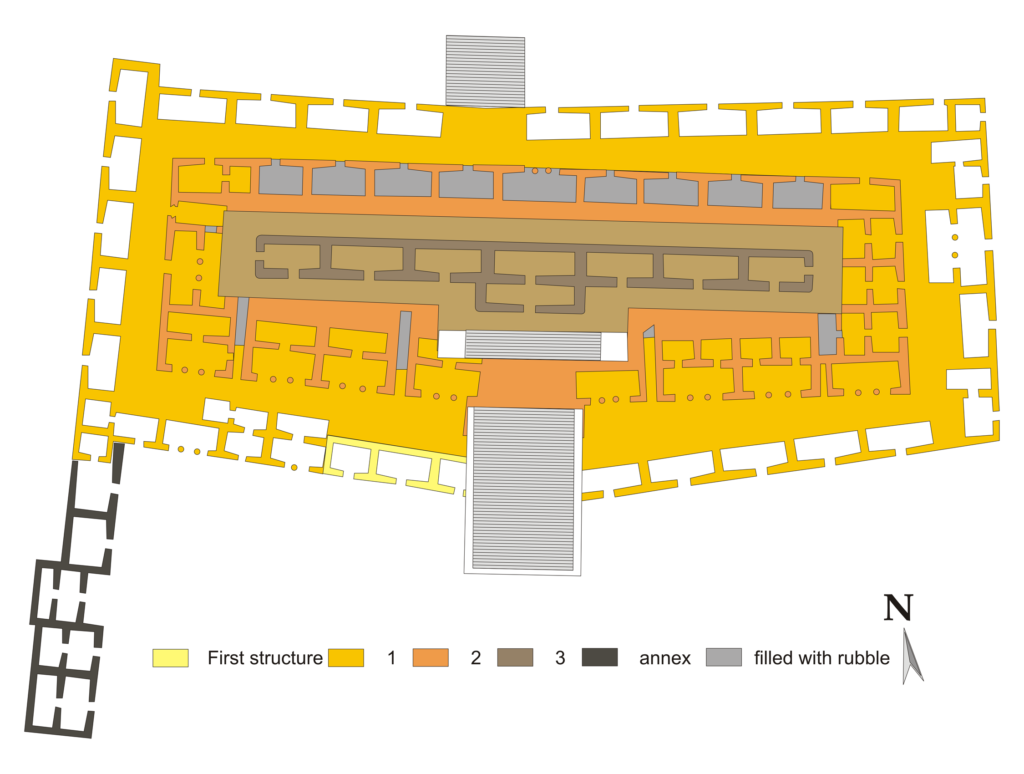
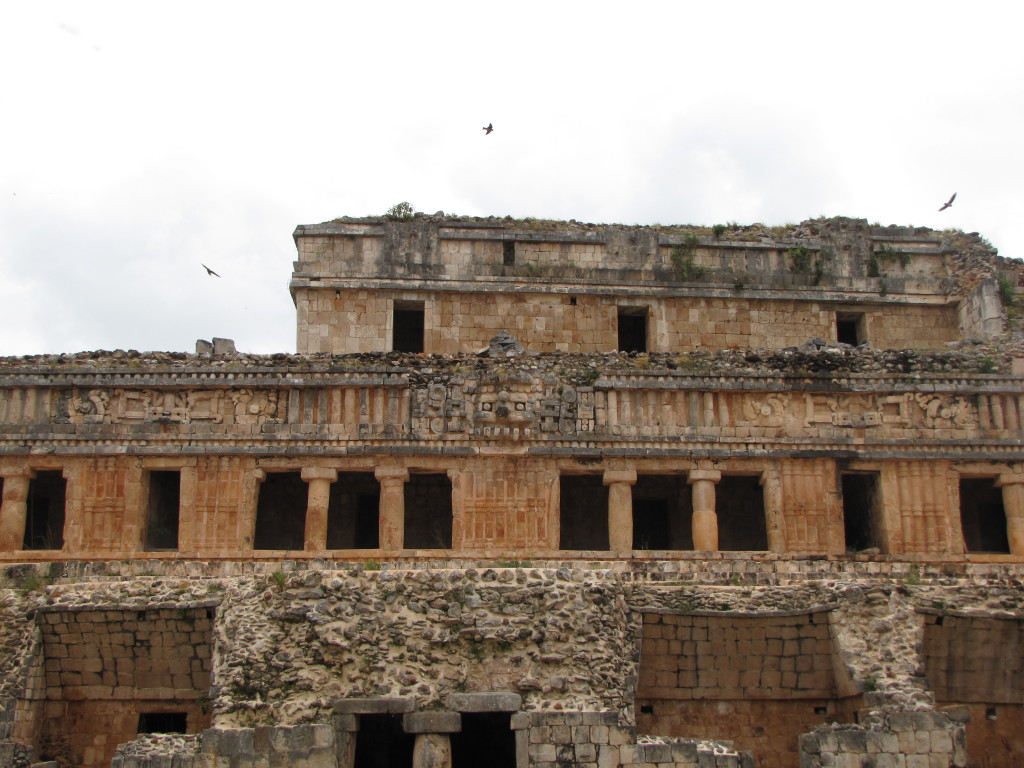
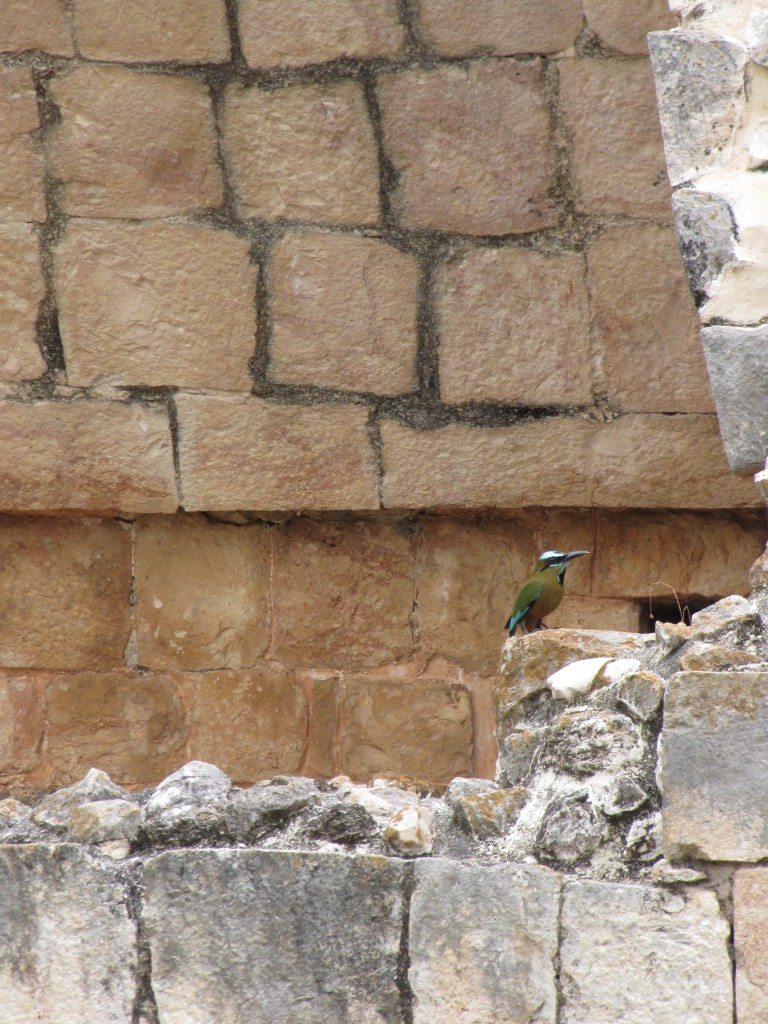
In addition to its palace and unusual trove of artifacts related to non-elite life, the sprawling grounds of Sayil are particularly valued for their avian diversity, attracting bird watchers and archaeology buffs alike. As we followed the sacbe through the rest of the visitable area, we were pleasantly surprised by the variety of fauna we encountered. The only place we saw a more diverse range of wildlife was at Calakmul, the massive, isolated site and nature preserve located over 300 km to the south near the border of Guatemala.
Highly subjective personal rating: 7.5/10
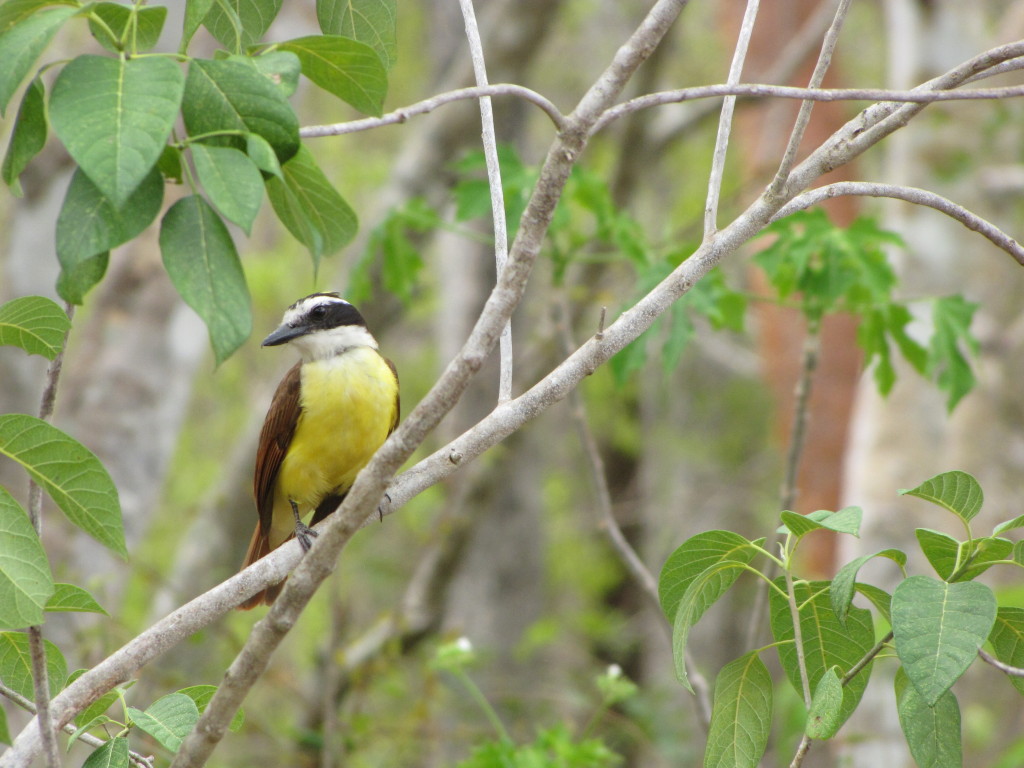
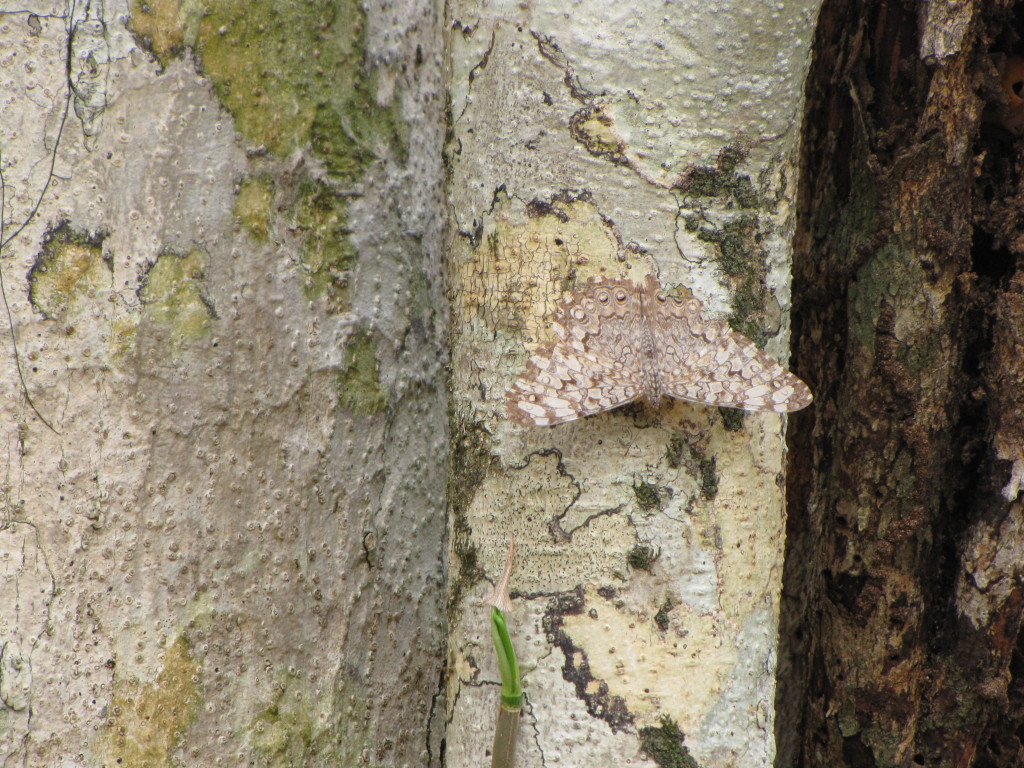
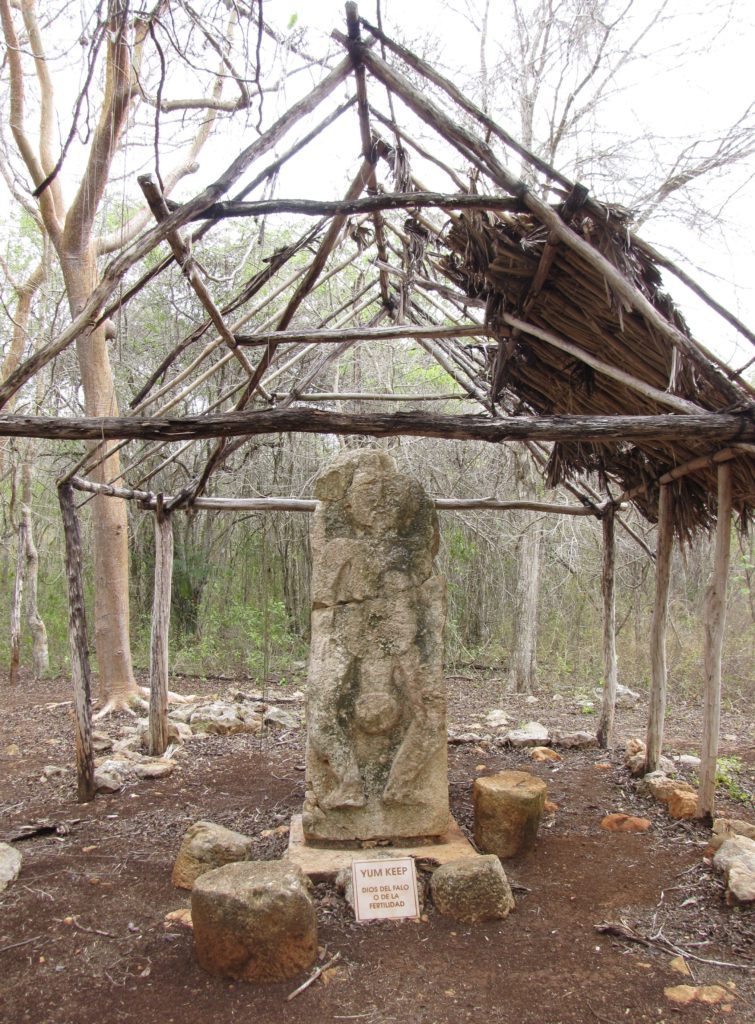
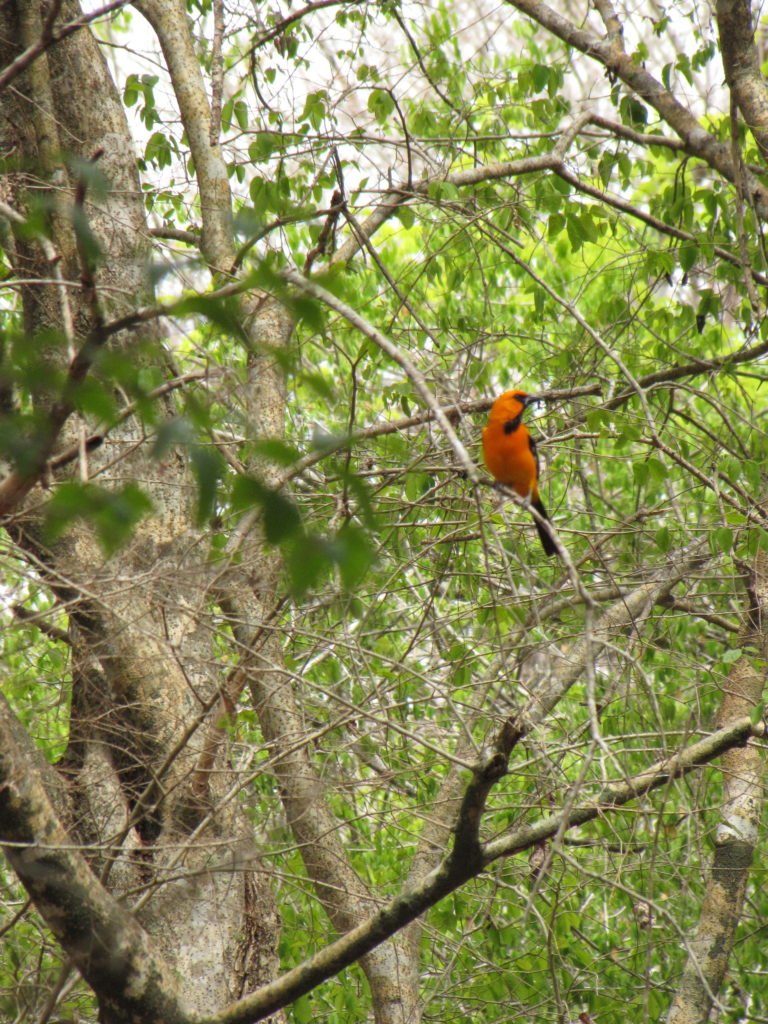
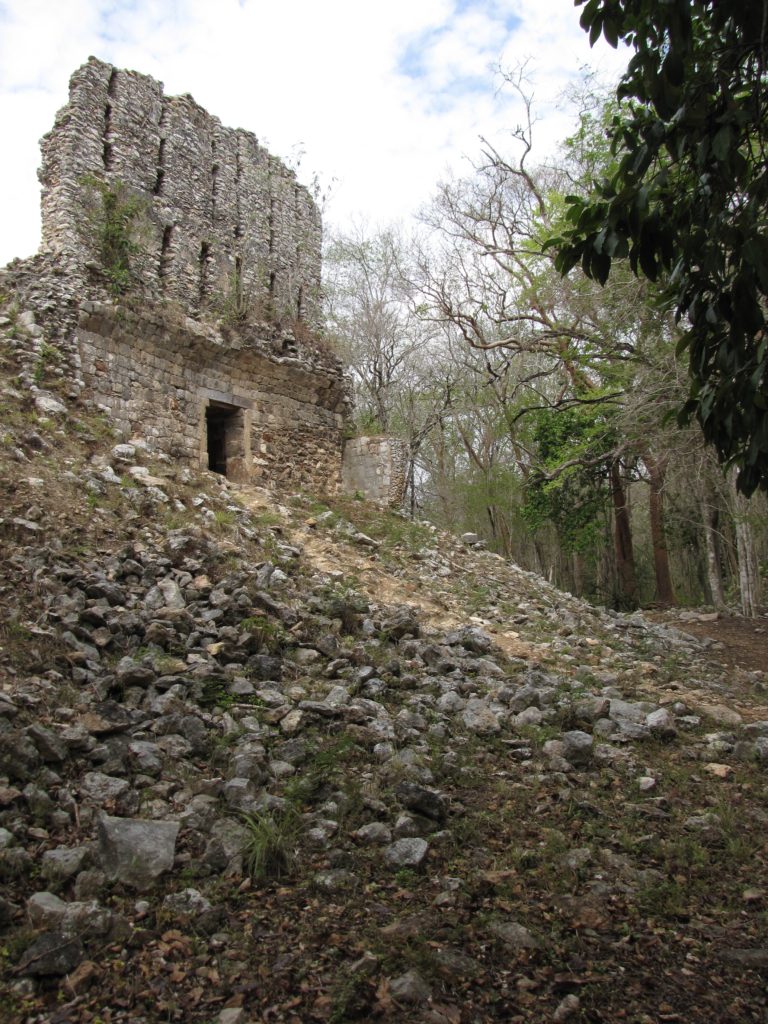
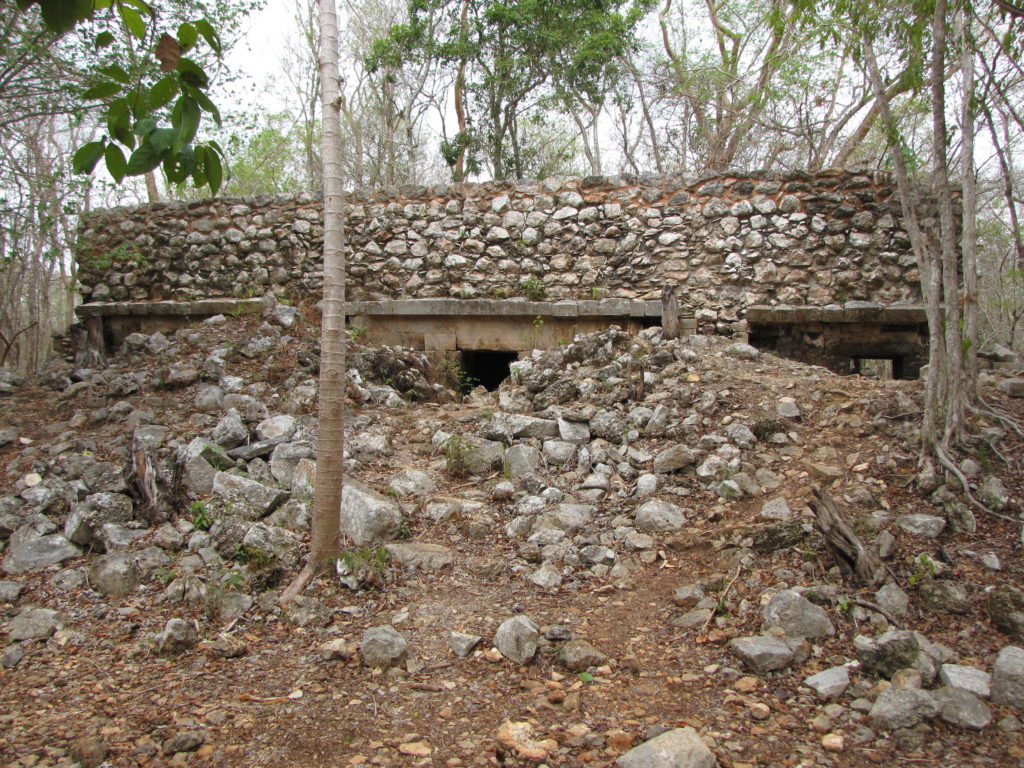
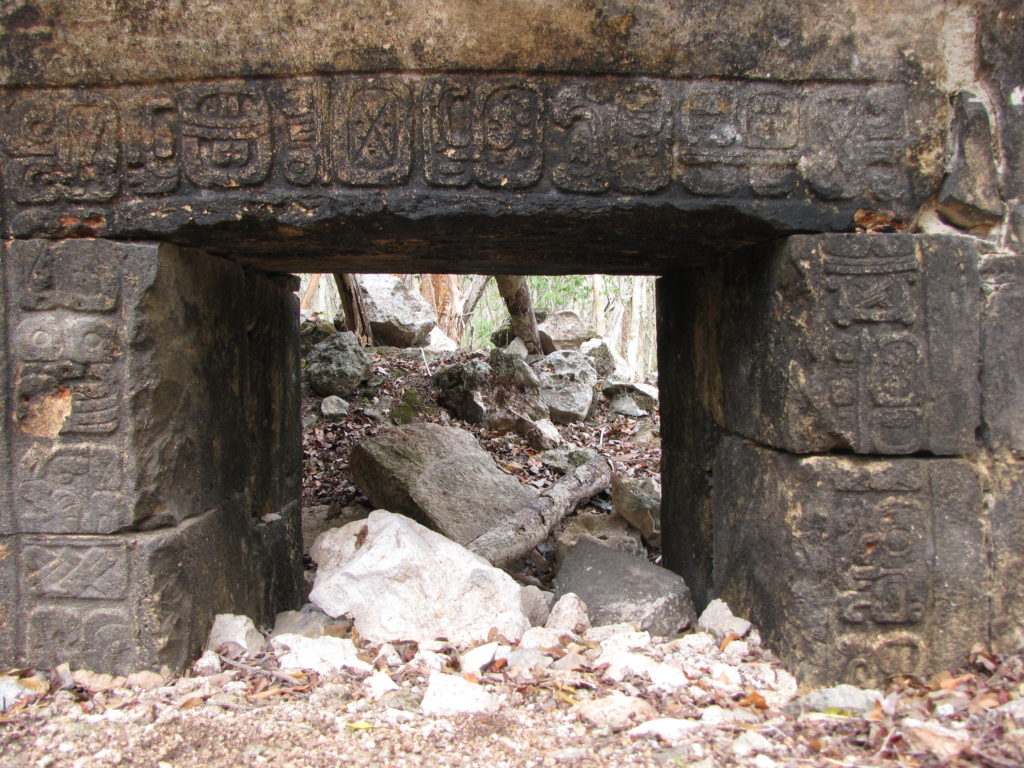
All photos by Renée DeVoe Mertz, May 24, 2015, unless otherwise indicated.